Study on Anti-Friction Mechanism of Canna-Leaf Biomimetic Micro-Textured Fruit Tree
Abstract
1. Introduction
2. Experiment
2.1. Experimental Materials and Equipment
2.1.1. Pruner Materials and Processing Equipment
2.1.2. Friction and Wear Test Materials and Equipment
2.1.3. Shear Test Materials and Equipment
2.2. Verification Method
2.2.1. Forming of Biomimetic Convex-Hull Pruner
2.2.2. Wear Test
2.2.3. Shear Test
3. Experimental Results and Analysis
3.1. Surface Topography Analysis of Biomimetic Convex-Hull Micro-Textured Pruner
3.2. Force Analysis of the Main Blade
3.3. Wear Analysis
3.3.1. Friction and Wear Test Results and Analysis
3.3.2. Analysis of Volumetric Wear Loss of Pruner Surface at the Load of 300 g~2000 g
3.3.3. Analysis of Wear Scar Morphology
3.4. Shear Test Analysis
3.5. Analysis of Anti-Friction Theory Model
4. Conclusions
Author Contributions
Funding
Conflicts of Interest
References
- National Bureau of Statistics. China Statistical Yearbook-2018; China Statistics Press: Beijing, China, 2018; (In Chinese with English abstract).
- Sahin, H.T.; Arslan, M.B. Properties of orchard pruning and suitability for composite production. Sci. Eng. Compos. Mater. 2013, 20, 337–342. [Google Scholar] [CrossRef]
- Ding, S.; Xue, X.; Cai, C.; Cui, L. Optimization and experiment of blade parameter for pear branches cutting device. Nongye Gongcheng Xuebao 2015, 31, 75–82. [Google Scholar]
- Velazquez, M.B.; Fernandez, G.E. The influence of mechanical pruning in cost reduction, production of fruit, and biomass waste in citrus orchards. Appl. Eng. Agric. 2010, 26, 531–540. [Google Scholar] [CrossRef]
- Martin-Gorriz, B.; Torregrosa, A.; Brunton, J.G. Post-bloom mechanical thinning for can peaches using a hand-held electrical device. Sci. Hortic. 2012, 144, 179–186. [Google Scholar] [CrossRef]
- Fu, W.; Liu, Y.; Kan, Z.; Pan, J.B.; Cui, J.; Zhang, H.M. The Situation and Expectation of Fruit Tree Pruning Machine. Agric. Mech. Res. 2017, 39, 7–11, (In Chinese with English abstract). [Google Scholar]
- Li, J.; Lu, H.; Yang, Z.; Lü, E.L. Orchard facilities and equipment for litchi and longan in China. In Proceedings of the 2011 American Society of Agricultural and Biological Engineers Annual International Meeting, Louisville, KY, USA, 7–10 August 2011; pp. 2421–2428. [Google Scholar]
- Wu, L.; Yang, Z.; Li, H.; Wu, W.; Lu, E.L. Experiment of mechanical properties of longan branch for pruning machine design. J. Hunan Agric. Univ. (Nat. Sci. Ed.) 2018, 44, 210–215, (In Chinese with English abstract). [Google Scholar]
- Poni, S.; Tombesi, S.; Palliotti, A.; Ughinia, V.; Gattia, M. Mechanical winter pruning of grapevine: Physiological bases and applications. Sci. Hortic. 2016, 204, 88–98. [Google Scholar] [CrossRef]
- Antonov, S.; Nikitenko, G.; Grinchenko, V.; Molchanov, A.; Avdeeva, V. Electromechanical secateurs based on linear electric motor and determination of cutting force of branches of fruit trees. Jelgava Latv. 2018, 514–518. [Google Scholar]
- Zhang, L.; Koc, A.B.; Wang, X.N.; Jiang, Y.X. A review of pruning fruit trees. IOP Conf. Ser. Earth Environ. Sci. 2018, 153, 6. [Google Scholar] [CrossRef]
- Etsion, I.; Burstein, L. A Model for Mechanical Seals with Regular Microsurface Structure. Tribol. Trans. 1996, 39, 677–683. [Google Scholar] [CrossRef]
- Gropper, D.; Wang, L.; Harvey, T.J. Hydrodynamic lubrication of textured surfaces: A review of modeling techniques and key findings. Tribol. Int. 2016, 94, 509–529. [Google Scholar] [CrossRef]
- Wu, S.; Gao, D.; Liang, Y.; Chen, B. Influence of non-smooth surface on tribological properties of glass fiber-epoxy resin composite sliding against stainless steel under natural seawater lubrication. Chin. J. Mech. Eng. 2015, 28, 1171–1176. [Google Scholar] [CrossRef]
- Wu, Z.; Xing, Y.; Huang, P.; Liu, L. Tribological properties of dimple-textured titanium alloys under dry sliding contact. Surf. Coat. Technol. 2017, 309, 21–28. [Google Scholar] [CrossRef]
- Janssen, A.; Pinedo, B.; Igartua, A.; Liiskmannc, G.; Sextondet, L. Study on friction and wear reducing surface micro-structures for a positive displacement pump handling highly abrasive shale oil. Tribol. Int. 2017, 107, 1–9. [Google Scholar] [CrossRef]
- Nakano, M.; Korenaga, A.; Korenaga, A.; Miyake, K.; Murakami, T.; Ando, Y.; Usami, H.; Sasak, S. Applying Micro-Texture to Cast Iron Surfaces to Reduce the Friction Coefficient Under Lubricated Conditions. Tribol. Lett. 2007, 28, 131–137. [Google Scholar] [CrossRef]
- Mezghani, S.; Demirci, I.; Zahouani, H.; Mansoria, M.E. The effect of groove texture patterns on piston-ring pack friction. Precis. Eng. 2012, 36, 210–217. [Google Scholar] [CrossRef]
- Guo, Z.; Xie, X.; Yuan, C.; Bai, X. Study on influence of micro convex textures on tribological performances of UHMWPE material under the water-lubricated conditions. Wear 2019, 426–427, 1327–1335. [Google Scholar] [CrossRef]
- Kümmel, J.; Braun, D.; Gibmeier, J.; Schneidera, J.; Greinera, C.; Schulzeab, V.; Wannera, A. Study on micro texturing of uncoated cemented carbide cutting tools for wear improvement and built-up edge stabilisation. J. Mater. Process Technol. 2015, 215, 62–70. [Google Scholar] [CrossRef]
- Han, Z.; Ren, L.; Liu, Z. Investigation on Anti-Wear Ability of Bionic Nonsmooth Surfaces Made by Laser Texturing. J. Tribol. 2004, 24, 289–293, (In Chinese with English abstract). [Google Scholar]
- Wang, L.; Guo, S.; Wei, Y.; Yuan, G. Experimental Study on the Influence of Surface Microtexture on the Tribological properties of 45# Steel Friction Pairs. Surf. Technol. 2018, 47, 149–154, (In Chinese with English abstract). [Google Scholar]
- Pang, M.; Nie, Y.; Shen, F.; Ma, L. Tribological Effect of Tool Surface Texturing on Tool-Chip Interface. Surf. Technol. 2018, 47, 109–118, (In Chinese with English abstract). [Google Scholar]
- Xiang, D.; Feng, H.; Guo, Z.; Zhang, L.; Wu, B. Preparation technology and properties of microtexture diamond-coated tools. Int. J. Refract. Metals Hard Mater. 2018, 76, 16–24. [Google Scholar] [CrossRef]
- Sasi, R.; Kanmani, S.S.; Palani, I.A. Performance of laser surface textured high speed steel cutting tool in machining of Al7075-T6 aerospace alloy. Surf. Coat. Technol. 2017, 313, 337–346. [Google Scholar] [CrossRef]
- Grzesik, W.; Niesłony, P.; Habrat, W.; Sieniawskib, J.; Laskowskic, P. Investigation of tool wear in the turning of Inconel 718 superalloy in terms of process performance and productivity enhancement. Tribol. Int. 2018, 118, 337–346. [Google Scholar] [CrossRef]
- Obikawa, T.; Kamio, A.; Takaoka, H.; Osadac, A. Micro-texture at the coated tool face for high performance cutting. Int. J. Mach. Tools Manuf. 2011, 51, 966–972. [Google Scholar] [CrossRef]
- ASTM. Standard Test Method for Determining the High Stress Abrasion Resistance of Hard Materials; ASTM International: West Conshohocken, PA, USA, 2018. [Google Scholar]
- Liu, C.; Zhu, L.; Bu, W.; Liang, Y. Superhydrophobic surfaces: From nature to biomimetic through VOF simulation. Micron 2018, 107, 94–100. [Google Scholar] [CrossRef]
- Wang, W.; Wu, L.; Yang, Z.; Lu, H.; Wang, L.; Guo, X. Development and verification of a mathematical model of straight blade cutting longan branches. J. South China Agric. Univ. 2016, 37, 105–111, (In Chinese with English abstract). [Google Scholar]
- Liu, H. Material Mechanics, 5th ed.; Higher Education Press: Beijing, China, 2011; (In Chinese with English abstract). [Google Scholar]
- Shen, L.; Zhang, Q.; Song, J. Wear behavior under high temperature and lubrication condition of Fe-based alloy coating formed by laser cladding. Strong Laser Particle Beam 2009, 21, 1628–1632, (In Chinese with English abstract). [Google Scholar]
- Liu, Y.; Deng, J.; Wang, W.; Duan, R.; Xing, Y. Characterization of green Al2O3ceramics surface machined by tools with textures on flank-face in dry turning. Int. J. Appl. Ceram. Technol. 2019, 16, 1159–1172. [Google Scholar] [CrossRef]
- Guo, D.; Guo, X.; Zhang, K.; Chen, Y.; Zhou, C.; Gai, L. Improving cutting performance of carbide twist drill combined internal cooling and micro-groove textures in high-speed drilling Ti6Al4V. Int. J. Adv. Manuf. Technol. 2019, 100, 381–389. [Google Scholar] [CrossRef]
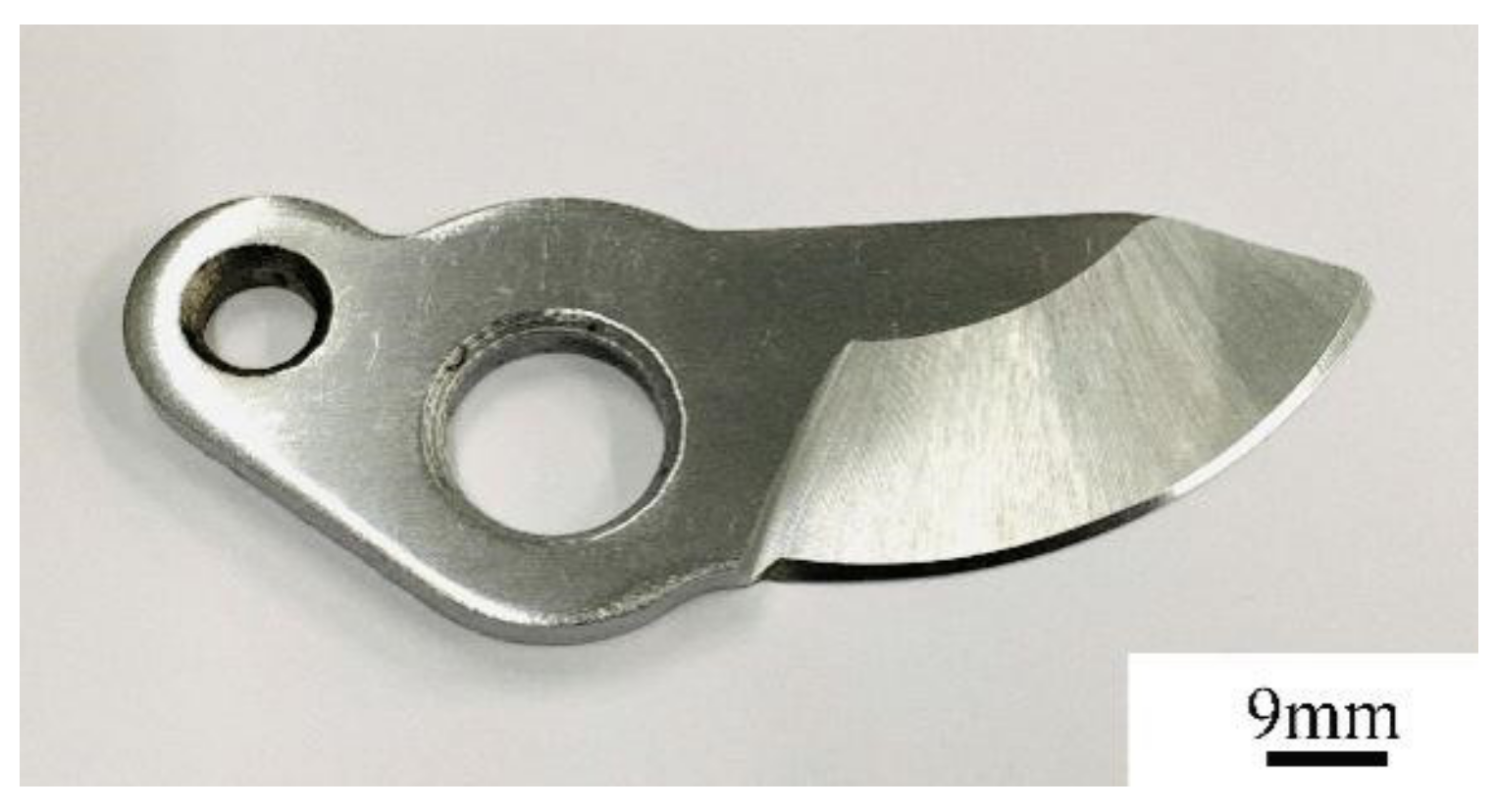
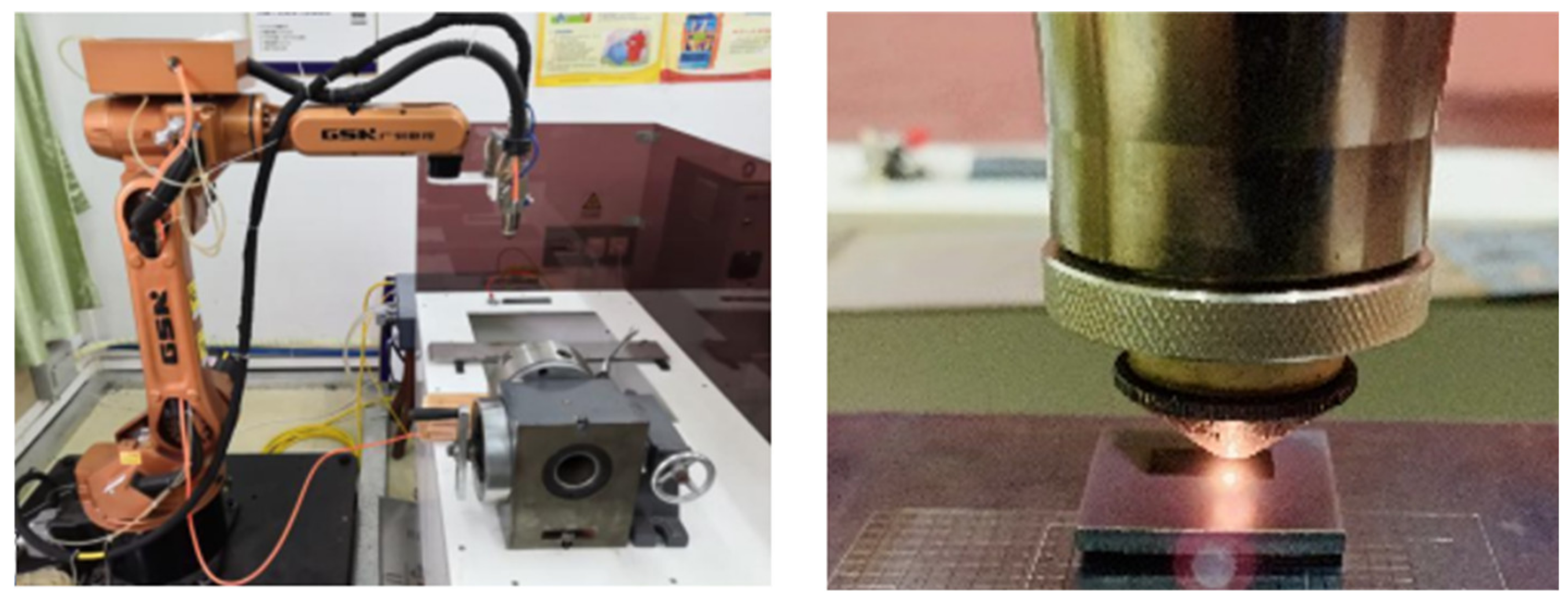
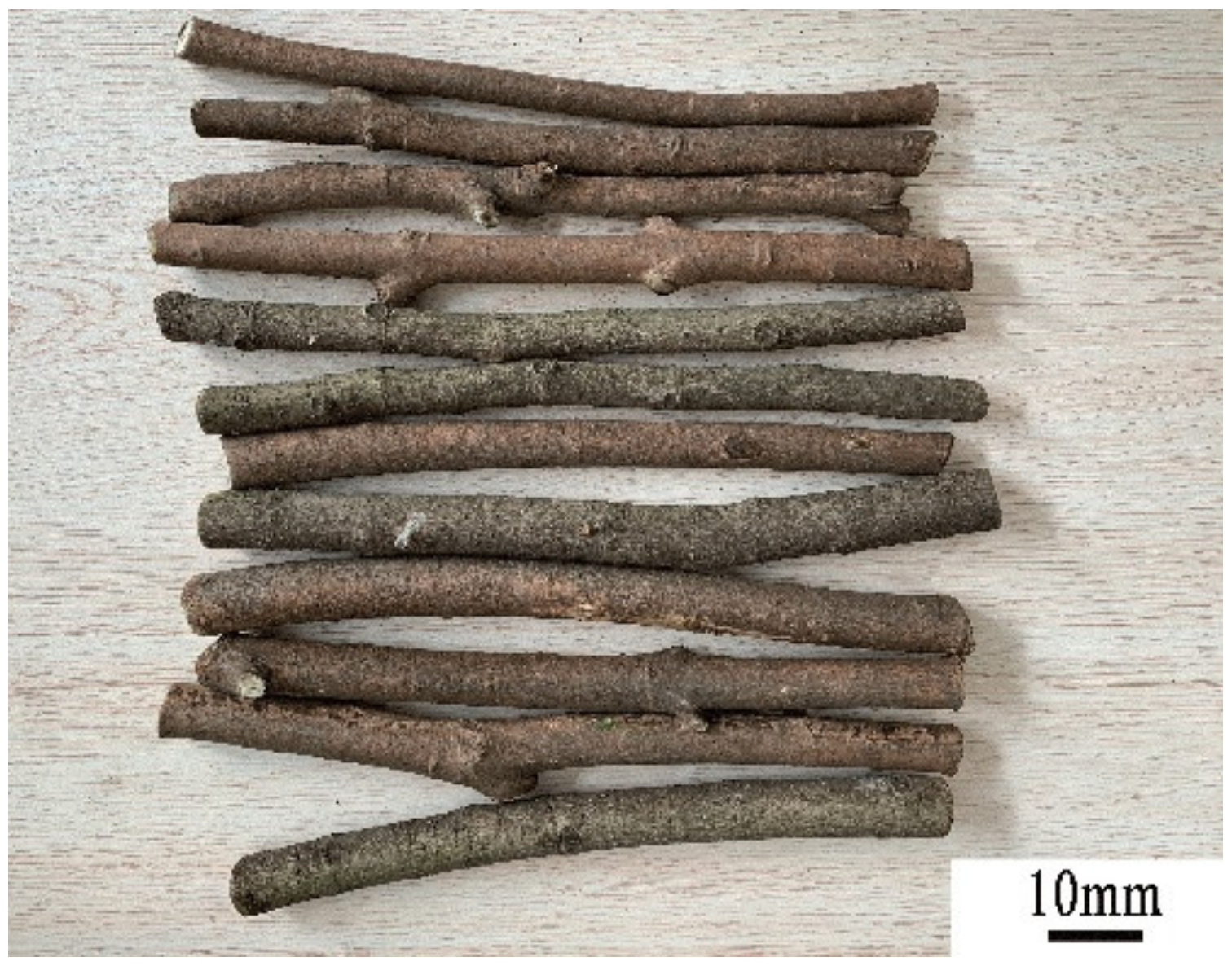
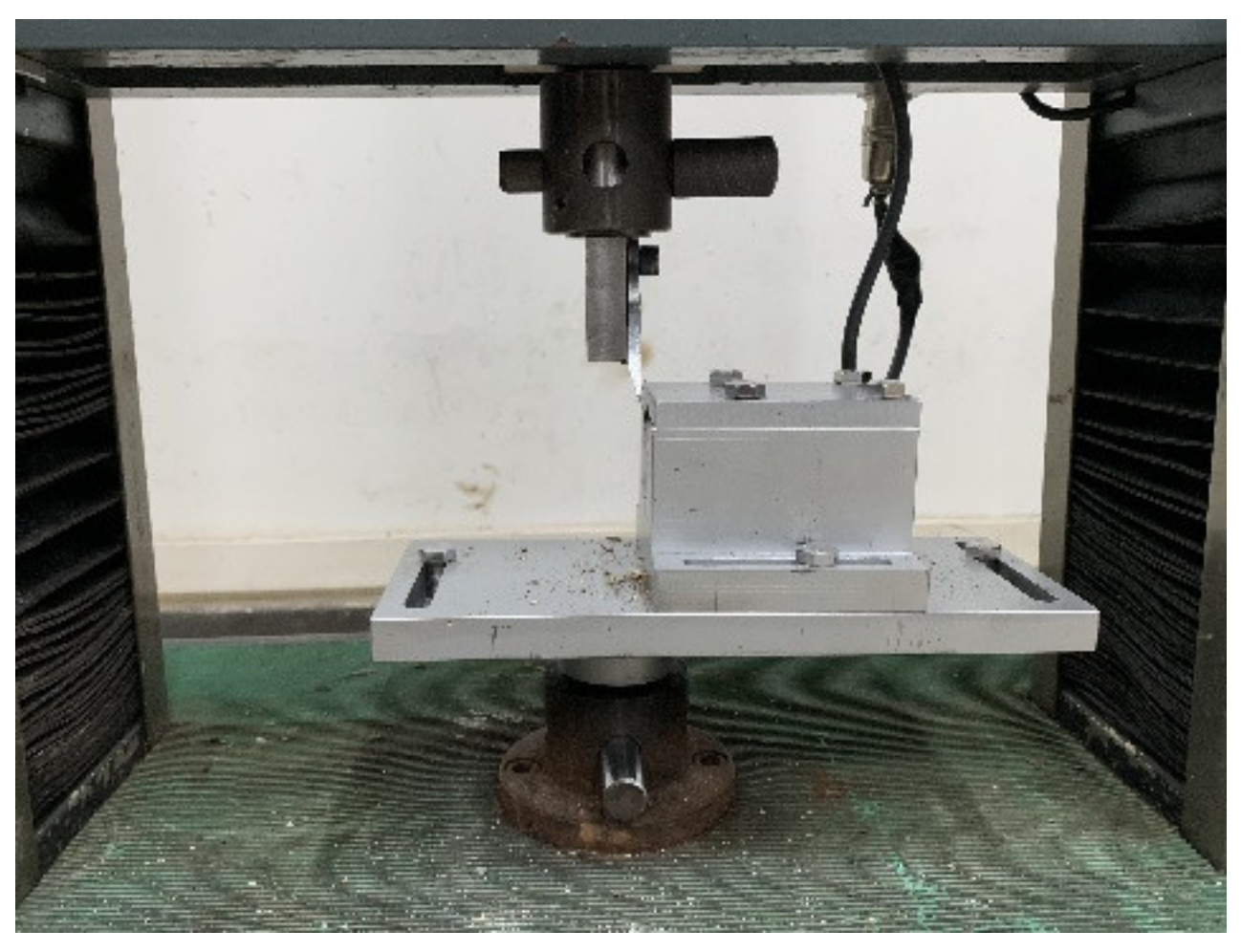

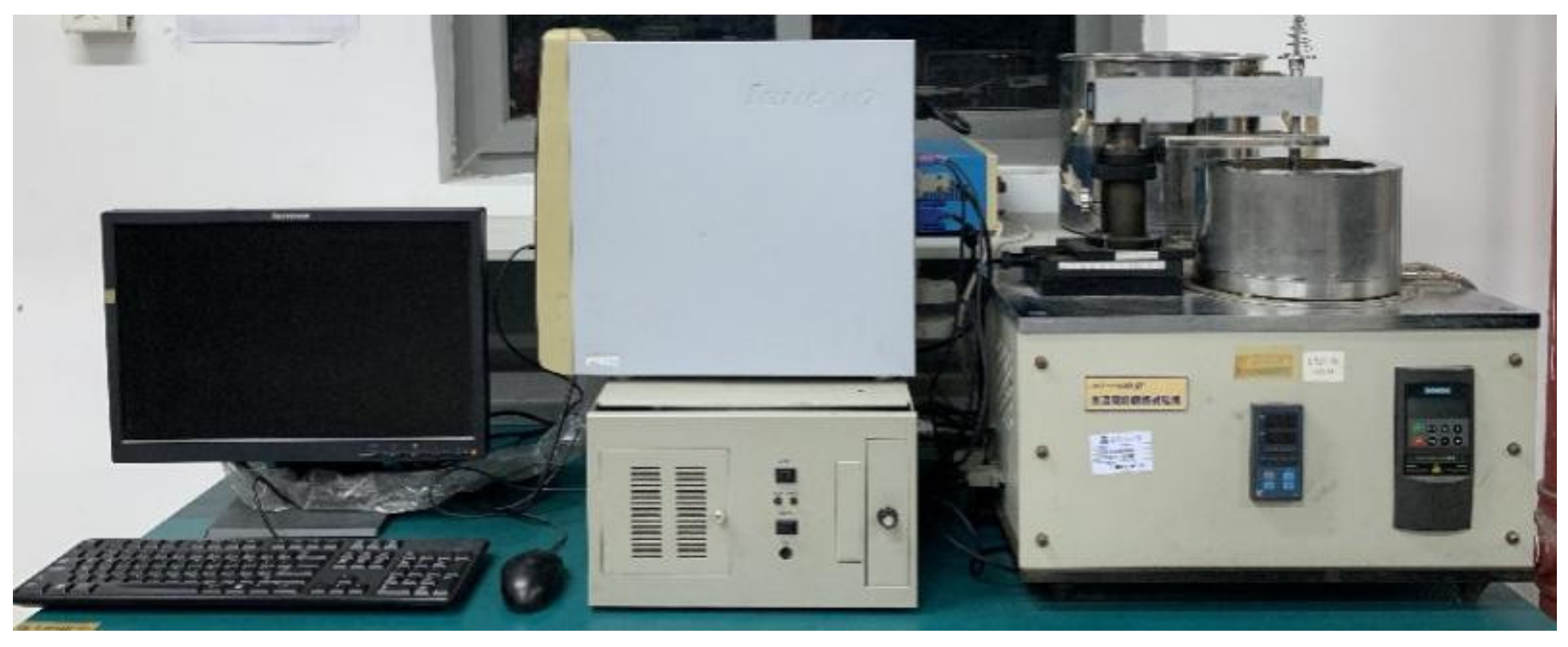
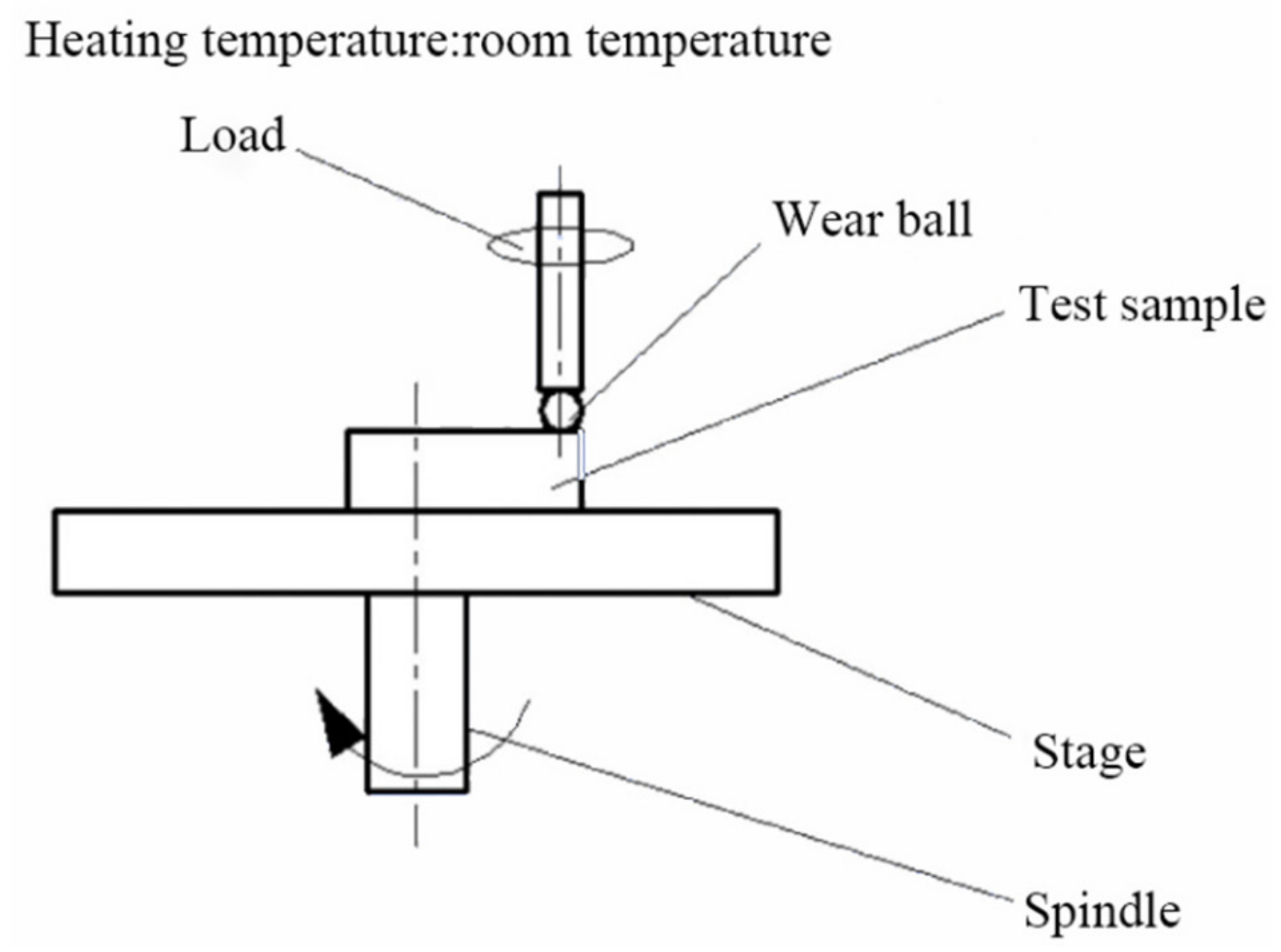
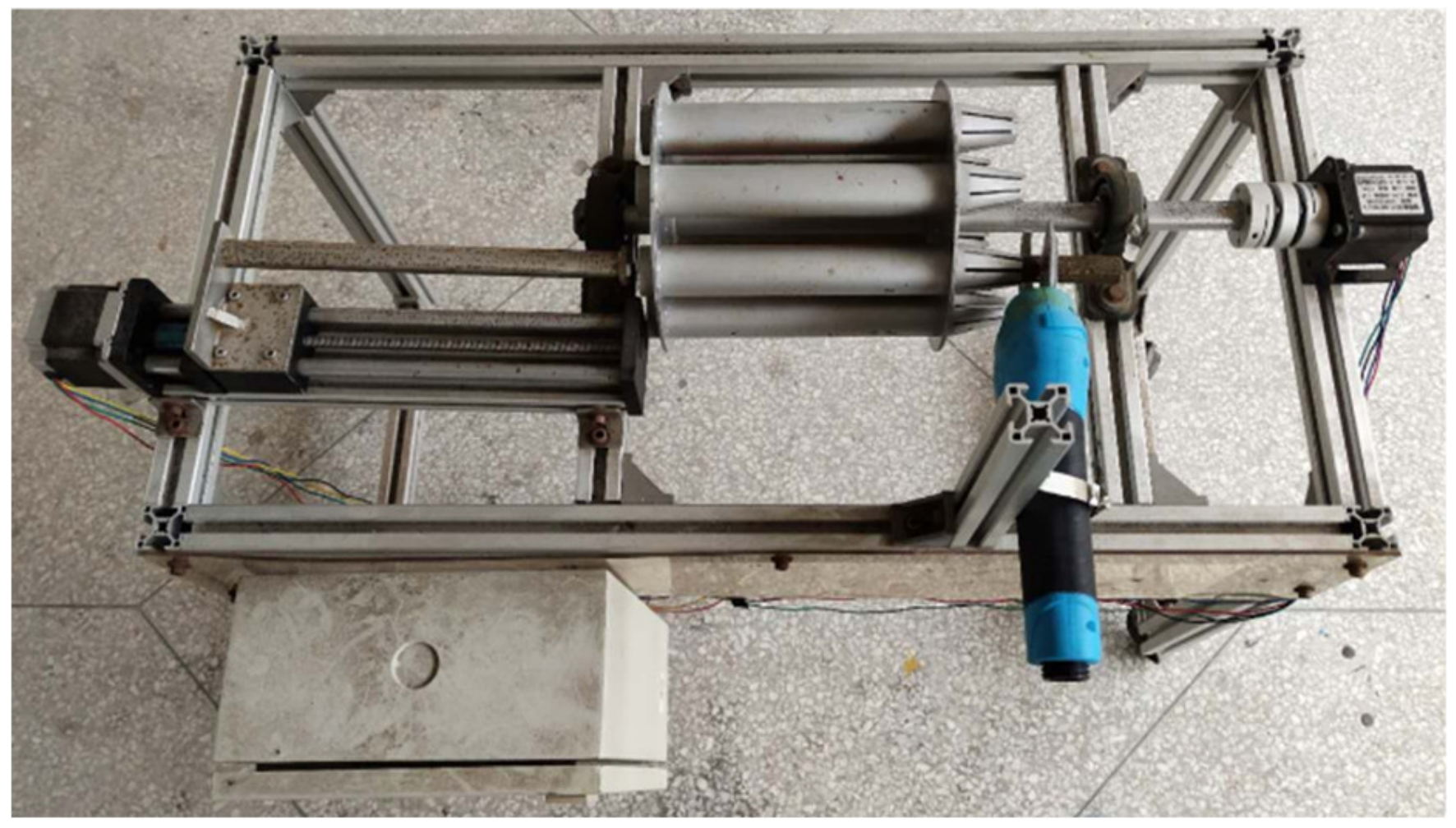




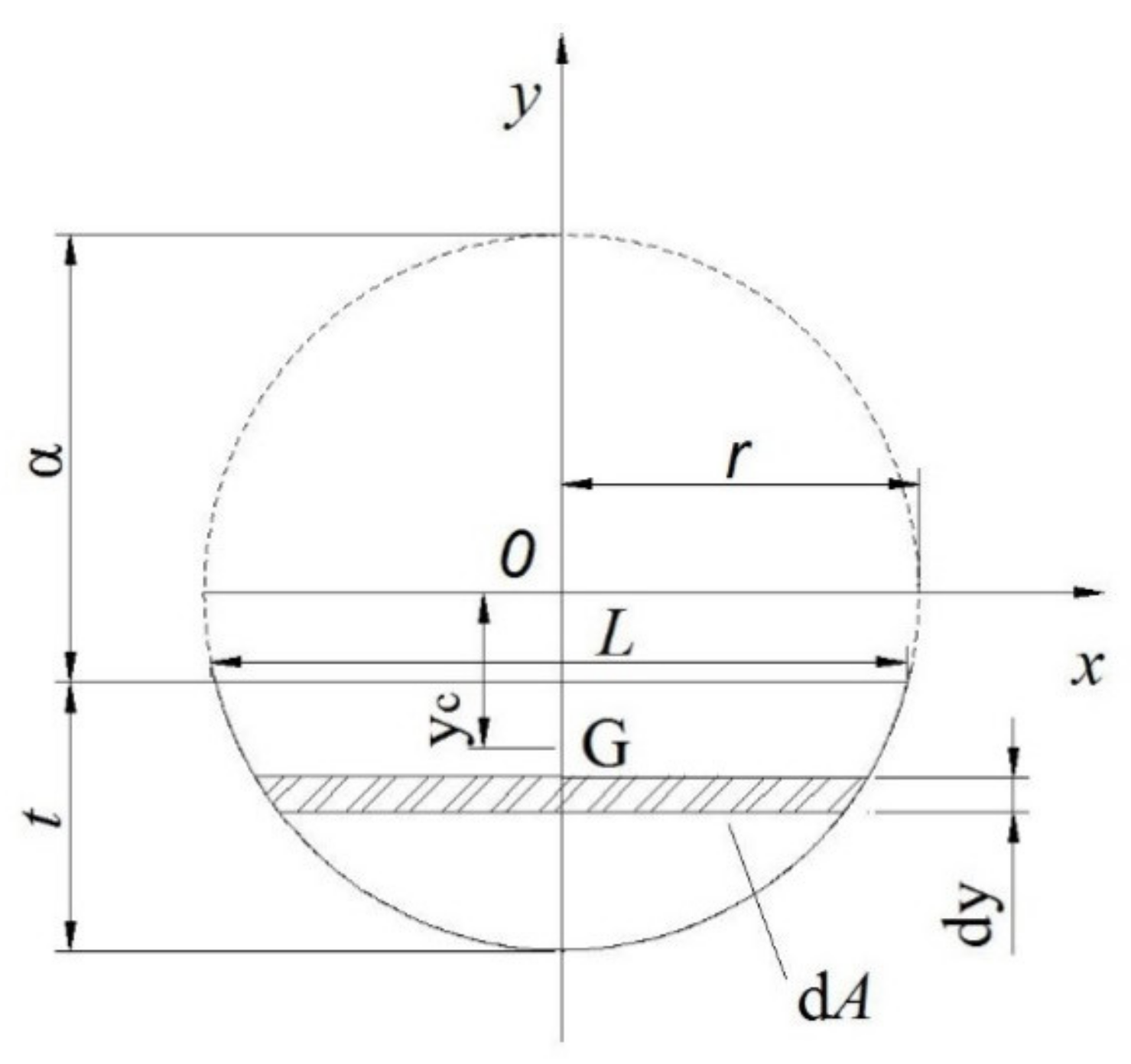
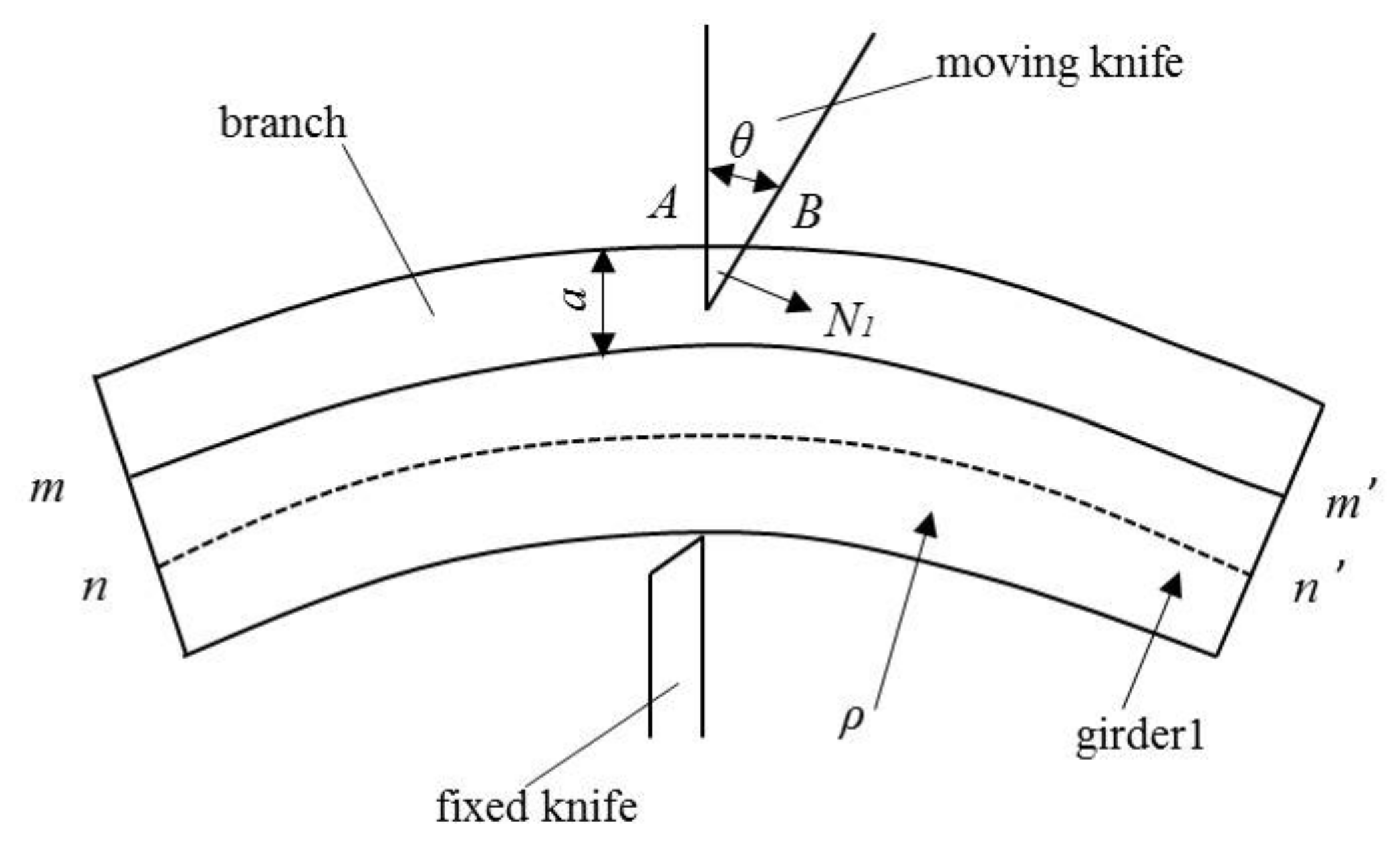

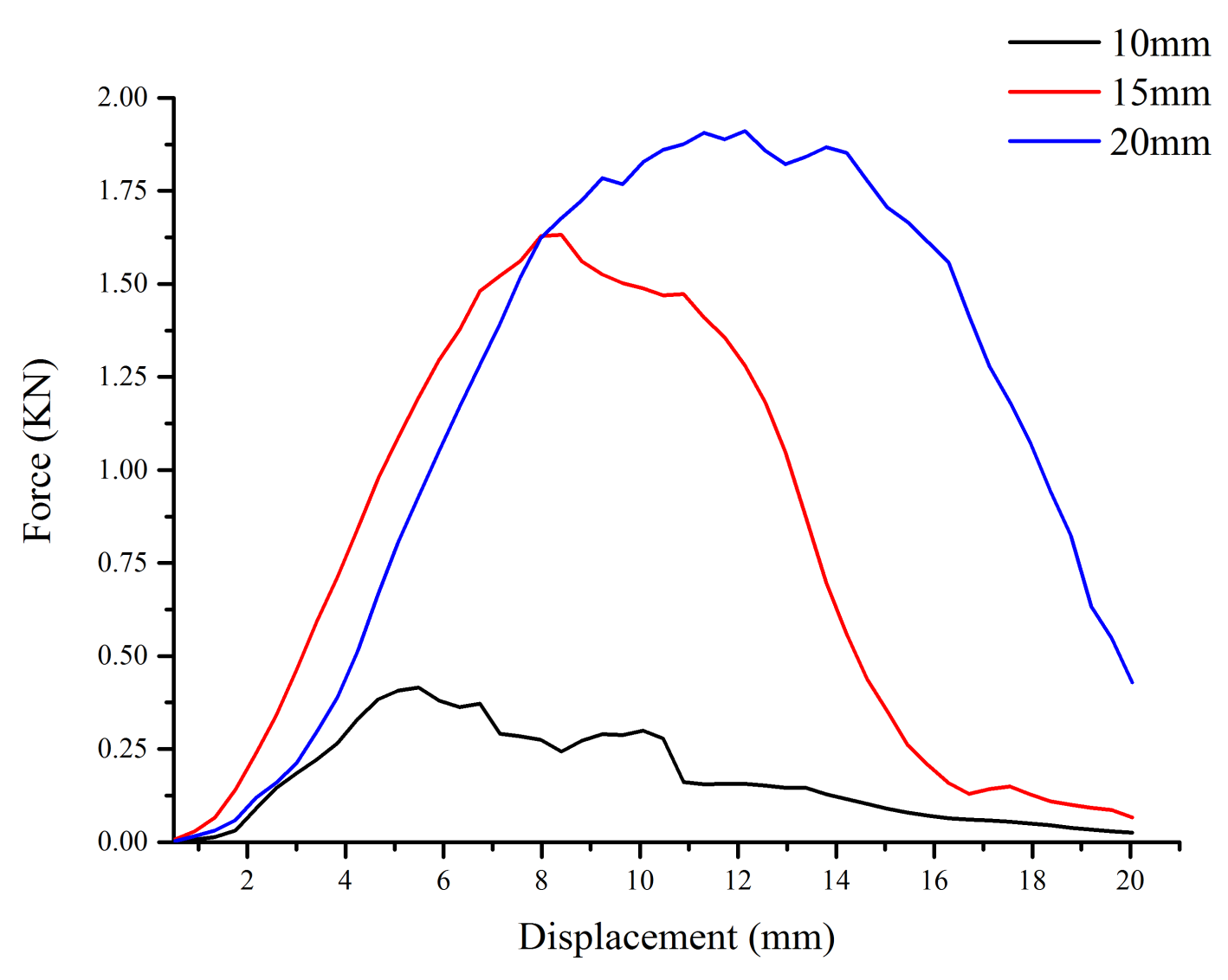



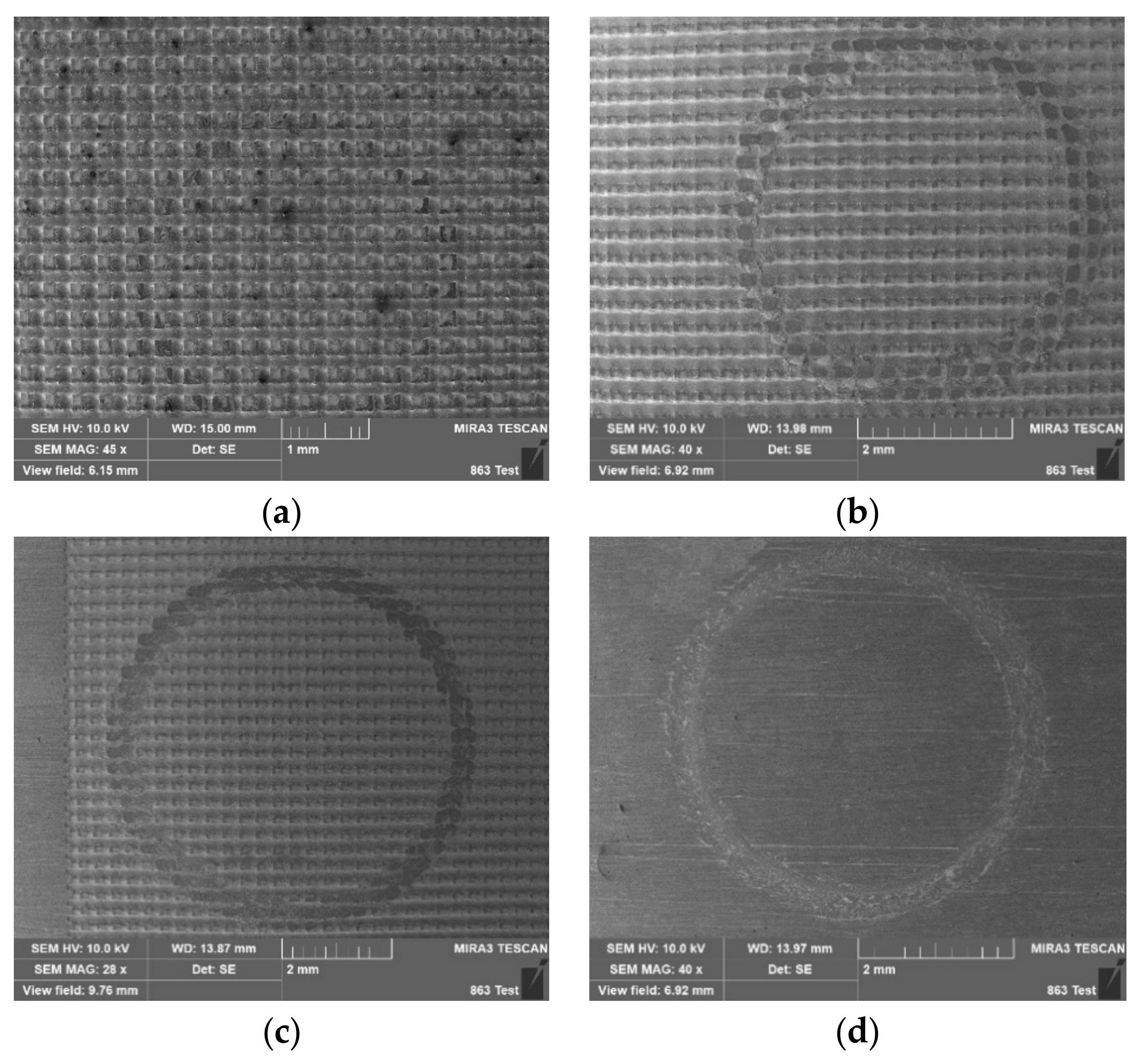
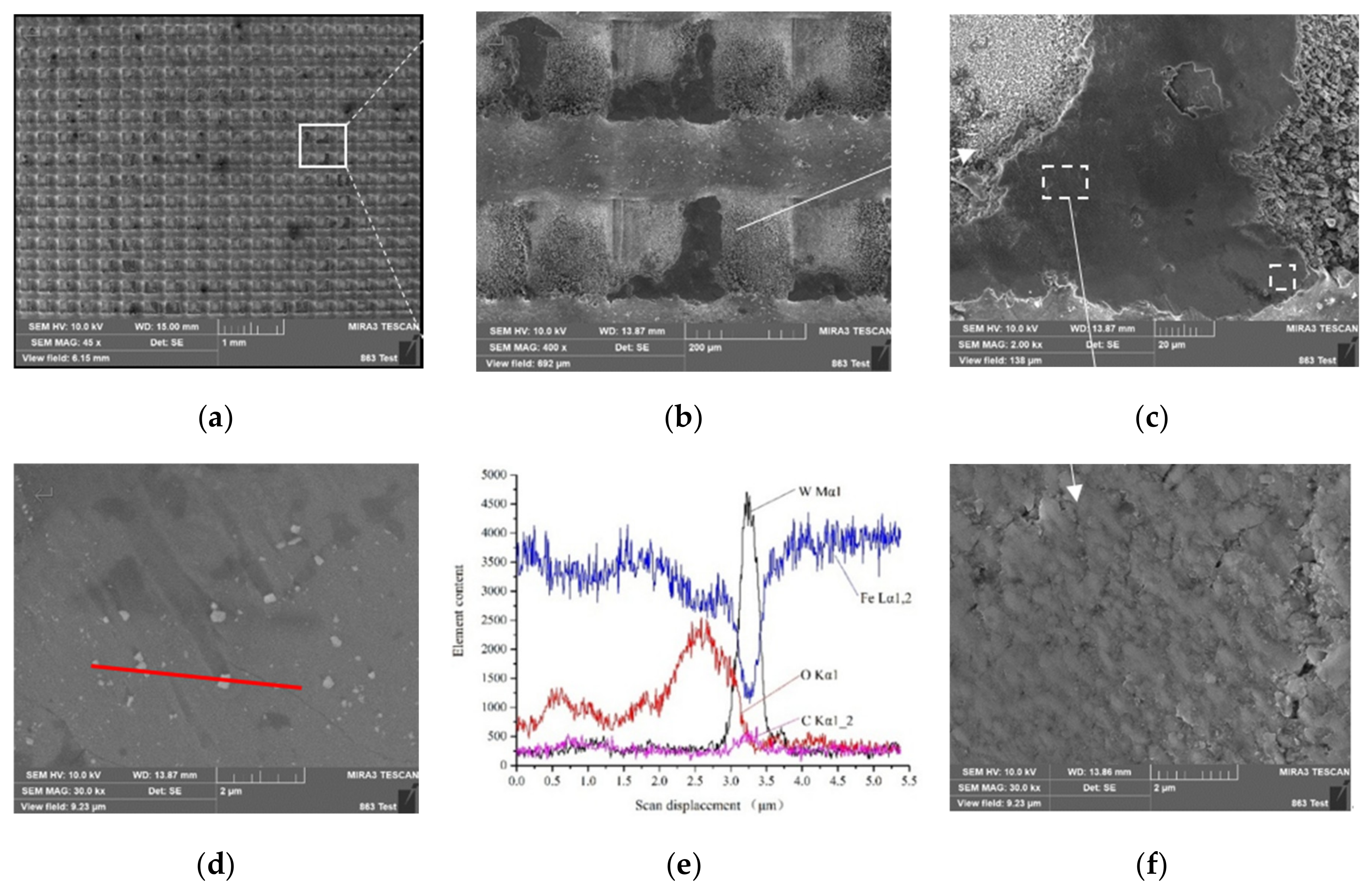

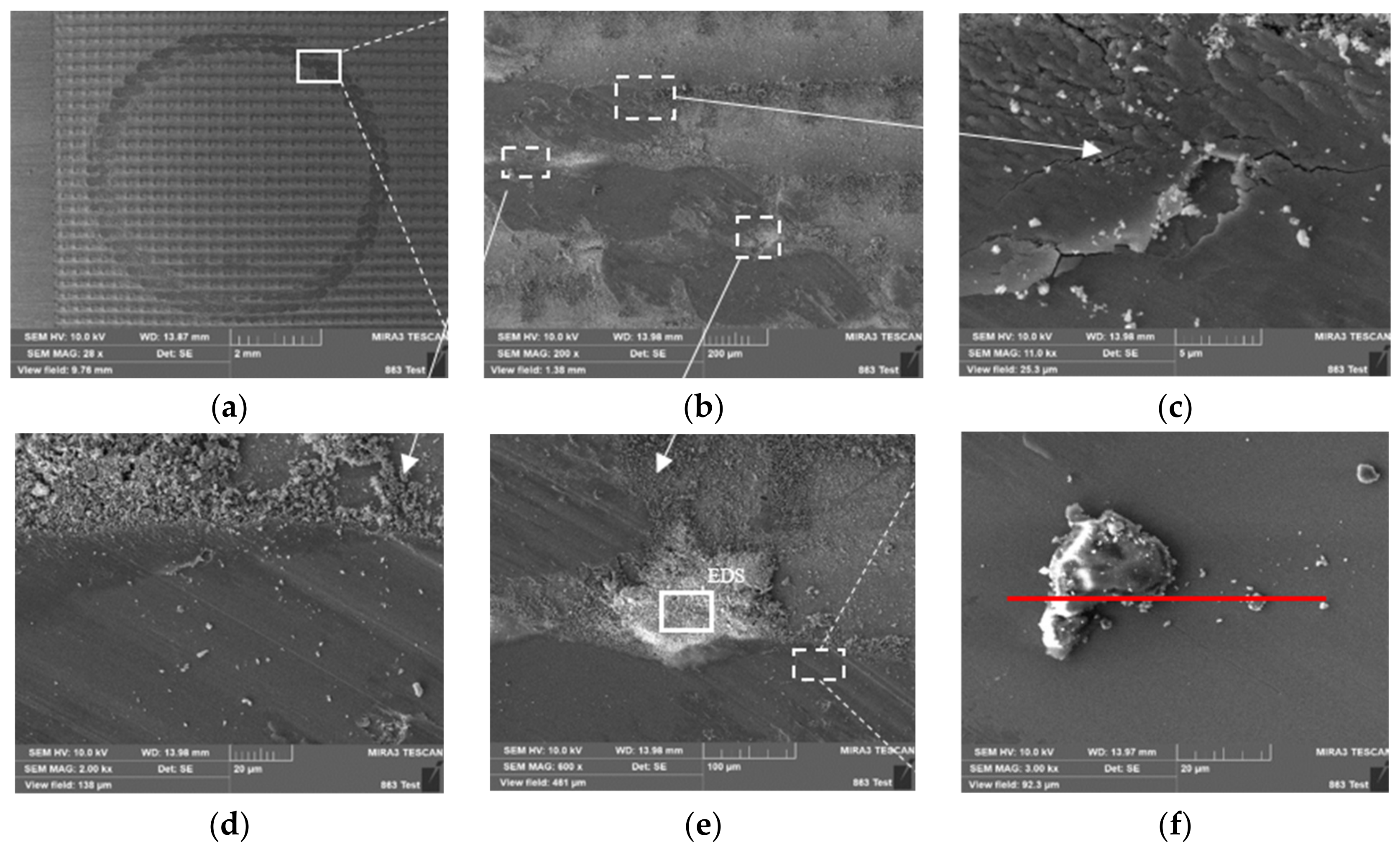
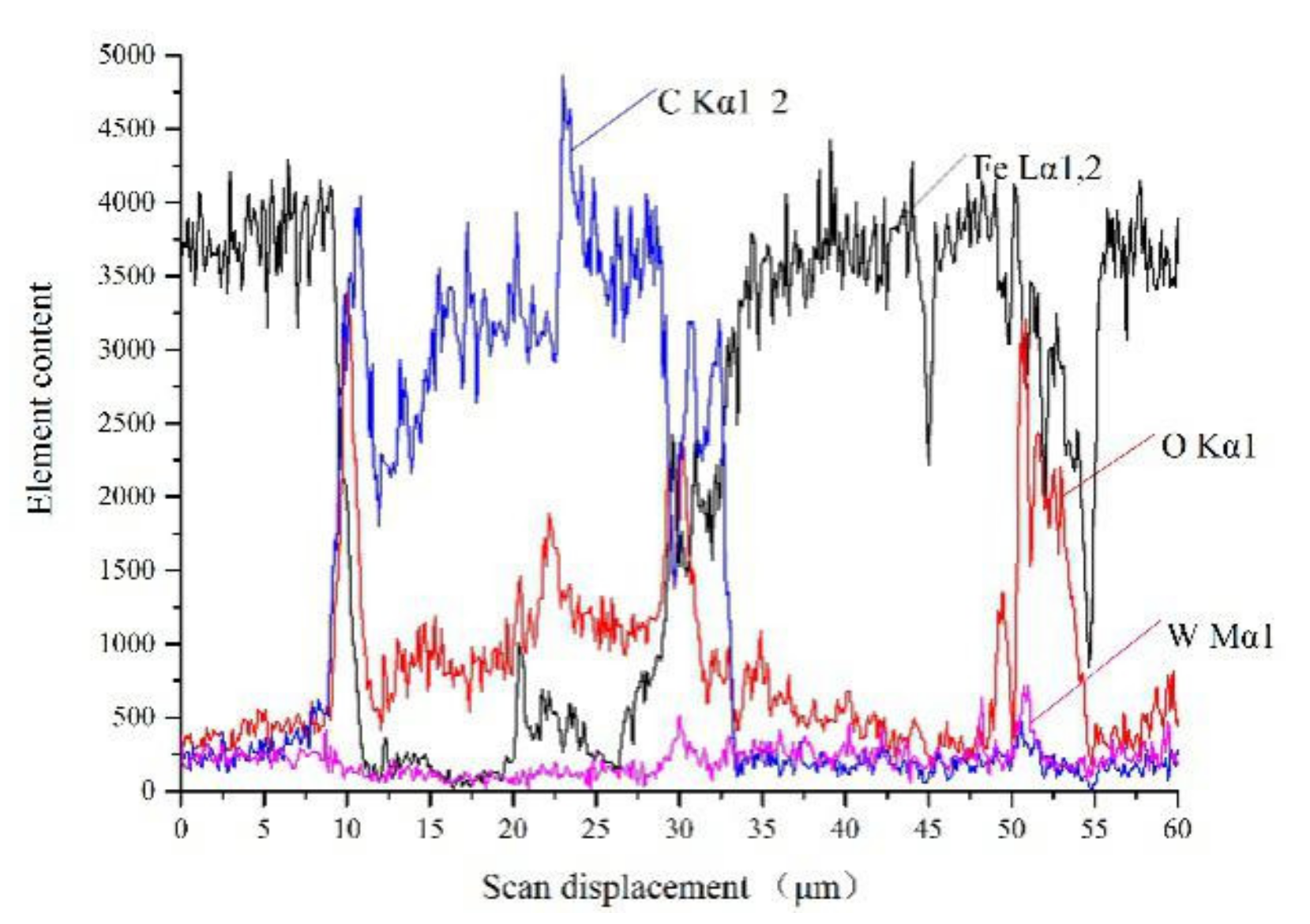
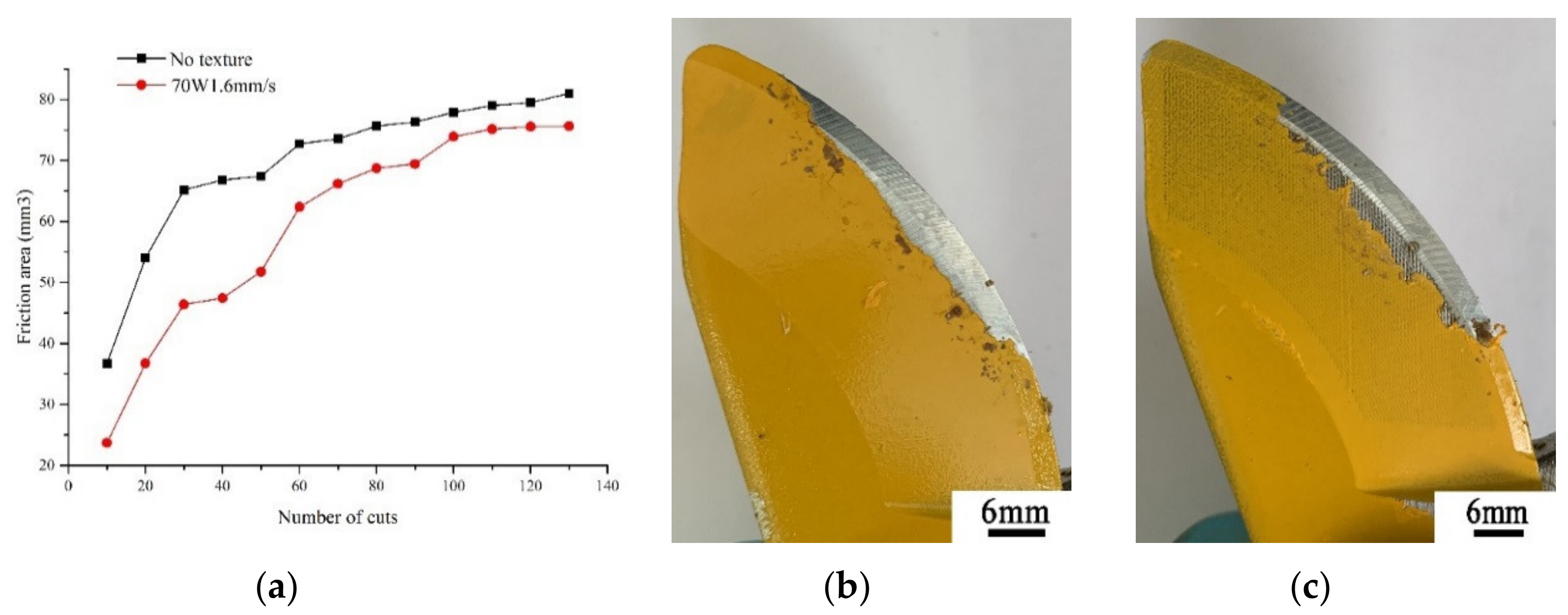
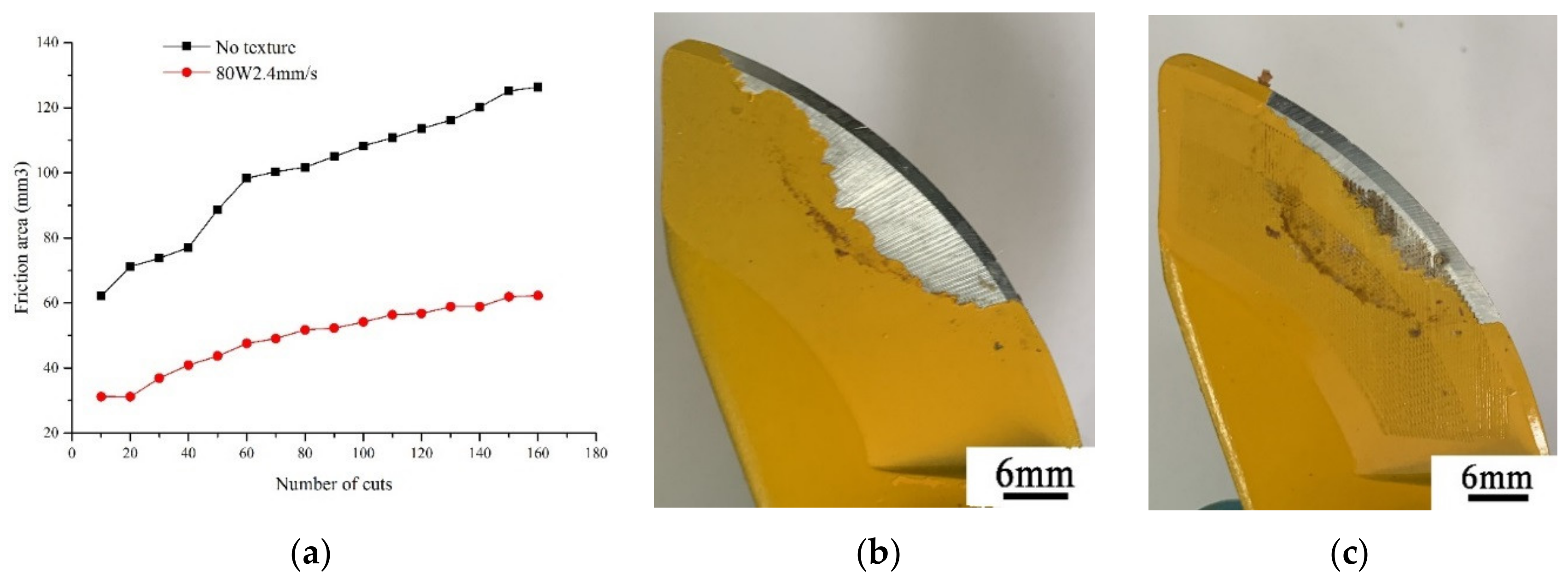
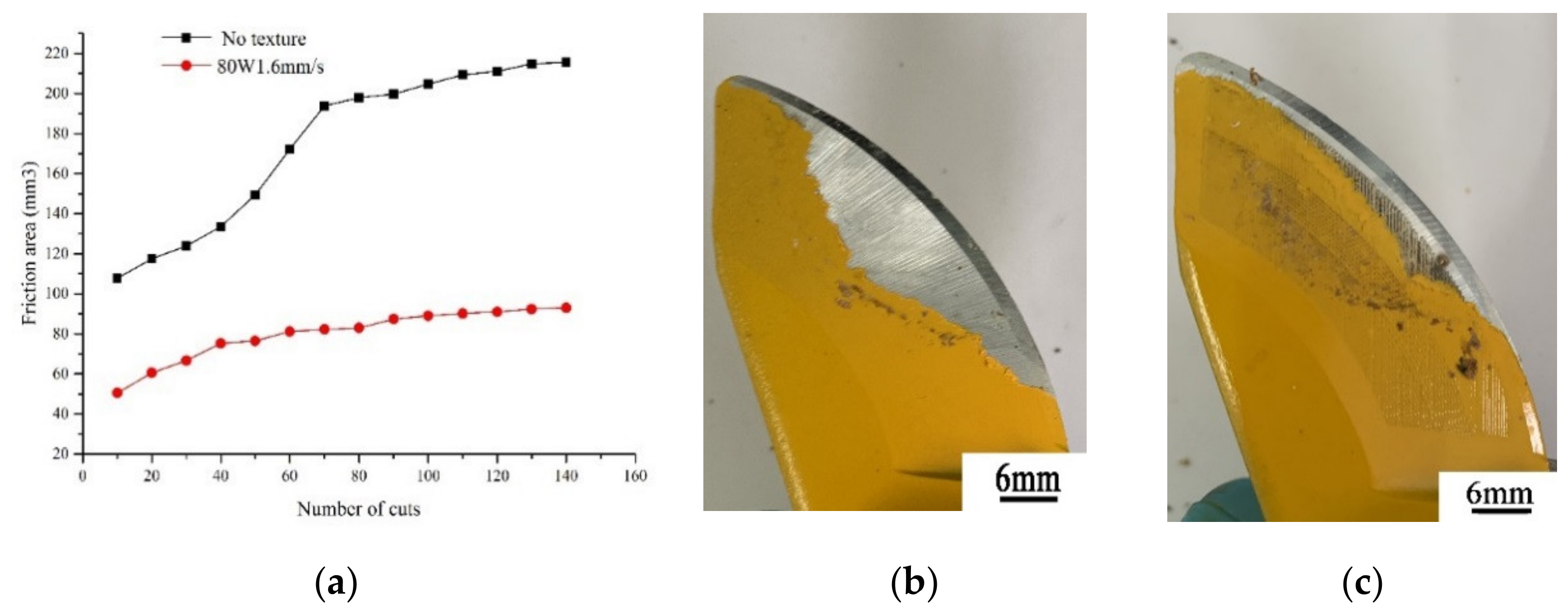

| Element | C | Si | Mn | P | S | Cr | Ni | Cu | Fe |
|---|---|---|---|---|---|---|---|---|---|
| Weight (%) | 0.80–0.90 | 0.10–0.35 | 0.10–0.50 | ≤0.030 | ≤0.030 | ≤0.250 | ≤0.200 | ≤0.300 | Residual |
| Laser Model | Central Wavelengt (nm) | Modulation Frequency (KHz) | Power Range (W) | Fiber Core Diameter (μm) |
|---|---|---|---|---|
| YLR-500-MM-WC | 1070 ± 10 | 0–50 | 10–500 | 50 |
| WC% | Co% | Density (g/cm) | Hardness (HRA) | Tensile Strength (MPa) | Abrasion Resistance (N/cm) |
|---|---|---|---|---|---|
| 94 | 6 | 14.5–14.9 | 92 | 145 | 1380 |
| Spindle Speed of Friction Pair (r/min) | High-Temperature Furnace Heating Temperature (°C) | Loading Range (N) | Coefficient of Friction | Display Accuracy (FS) |
|---|---|---|---|---|
| 200–2800 | Room temperature-500 | 1–20 | 0.001–21.00 | 0.2% |
| Load (g) | Wear Time (min) | Radius of Steel Ball (mm) | Wear Radius (mm) | Rotating Speed (r/min) | Test Temperature (°C) |
|---|---|---|---|---|---|
| 300/1100/2000 | 60 | 2.5 | 2 | 200 | 26 |
| Parameter | Data | ||
|---|---|---|---|
| Branch diameter | 10 mm | 15 mm | 20 mm |
| Positive pressure | 303 N | 1066 N | 2675 N |
| Test value | 415 N | 1632 N | 1910 N |
| Wear test load | 300 g | 1100 g | 2000 g |
| Pruner Type | Load/g | ||
|---|---|---|---|
| 300 | 1100 | 2000 | |
| Average Friction Coefficient | |||
| Non-textured pruner | 0.1685 | 0.3747 | 0.2392 |
| 60 W 1.6 mm/s | 0.2757 | 0.4410 | 0.2477 |
| 60 W 2.4 mm/s | 0.2190 | 0.3158 | 0.2099 |
| 60 W 3.2 mm/s | 0.2290 | 0.3198 | 0.1983 |
| 70 W 1.6 mm/s | 0.1667 | 0.2521 | 0.2836 |
| 70 W 2.4 mm/s | 0.2364 | 0.2808 | 0.1709 |
| 70 W 3.2 mm/s | 0.1771 | 0.2468 | 0.1405 |
| 80 W 1.6 mm/s | 0.2313 | 0.2668 | 0.1209 |
| 80 W 2.4 mm/s | 0.2505 | 0.2378 | 0.1335 |
| 80 W 3.2 mm/s | 0.2367 | 0.2395 | 0.1262 |
| Pruner Type | Load (g) | Wear Scar Width (mm) | Volumetric Wear Loss (mm3) | Volumetric Wear Rate (%) |
|---|---|---|---|---|
| Non-textured pruner | 300 1100 2000 | 0.134 0.397 0.422 | 11.8189 35.8454 42.2921 | 0.0350 0.1061 0.1251 |
| 60 W 1.6 mm/s | 300 1100 2000 | 0.365 0.446 0.422 | 31.1930 37.8902 64.2311 | 0.0923 0.1121 0.1901 |
| 60 W 2.4 mm/s | 300 1100 2000 | 0.307 0.423 0.665 | 24.0573 33.2013 77.2919 | 0.0712 0.0983 0.2288 |
| 60 W 3.2 mm/s | 300 1100 2000 | 0.300 0.388 0.367 | 23.9707 30.3255 40.5797 | 0.0775 0.0898 0.1201 |
| 70 W 1.6 mm/s | 300 1100 2000 | 0.382 0.400 0.503 | 26.1805 29.9472 50.1615 | 0.0775 0.0887 0.1485 |
| 70 W 2.4 mm/s | 300 1100 2000 | 0.351 0.477 0.467 | 29.7963 34.7733 47.2318 | 0.0882 0.1029 0.1398 |
| 70 W 3.2 mm/s | 300 1100 2000 | 0.354 0.390 0.343 | 39.7081 34.9197 52.5880 | 0.1175 0.1034 0.1557 |
| 80 W 1.6 mm/s | 300 1100 2000 | 0.378 0.458 0.523 | 33.7938 42.9274 83.2349 | 0.1000 0.1270 0.2464 |
| 80 W 2.4 mm/s | 300 1100 2000 | 0.367 0.445 0.574 | 30.3992 40.6048 69.7000 | 0.0899 0.1202 0.2063 |
| 80 W 3.2 mm/s | 300 1100 2000 | 0.376 0.457 0.528 | 35.9052 39.5301 78.5542 | 0.1063 0.1170 0.2325 |
| Spectrum Labels | C | O | Si | Fe | W |
|---|---|---|---|---|---|
| EDS 1 | 0.23 | 1.54 | 0.23 | 98.00 | — |
| EDS 2 | 0.62 | 28.75 | — | 60.73 | 9.90 |
| EDS 3 | 0.15 | 27.78 | — | 60.80 | 11.27 |
| Spectrum Labels | C | O | Fe | W |
|---|---|---|---|---|
| EDS | 0.35 | 24.43 | 63.55 | 11.68 |
Publisher’s Note: MDPI stays neutral with regard to jurisdictional claims in published maps and institutional affiliations. |
© 2020 by the authors. Licensee MDPI, Basel, Switzerland. This article is an open access article distributed under the terms and conditions of the Creative Commons Attribution (CC BY) license (http://creativecommons.org/licenses/by/4.0/).
Share and Cite
Sun, J.; Li, B.; Xing, K.; Liu, Z.; Yang, Z. Study on Anti-Friction Mechanism of Canna-Leaf Biomimetic Micro-Textured Fruit Tree. Agronomy 2020, 10, 1866. https://doi.org/10.3390/agronomy10121866
Sun J, Li B, Xing K, Liu Z, Yang Z. Study on Anti-Friction Mechanism of Canna-Leaf Biomimetic Micro-Textured Fruit Tree. Agronomy. 2020; 10(12):1866. https://doi.org/10.3390/agronomy10121866
Chicago/Turabian StyleSun, Jianfeng, Bo Li, Kaifeng Xing, Zhu Liu, and Zhou Yang. 2020. "Study on Anti-Friction Mechanism of Canna-Leaf Biomimetic Micro-Textured Fruit Tree" Agronomy 10, no. 12: 1866. https://doi.org/10.3390/agronomy10121866
APA StyleSun, J., Li, B., Xing, K., Liu, Z., & Yang, Z. (2020). Study on Anti-Friction Mechanism of Canna-Leaf Biomimetic Micro-Textured Fruit Tree. Agronomy, 10(12), 1866. https://doi.org/10.3390/agronomy10121866




